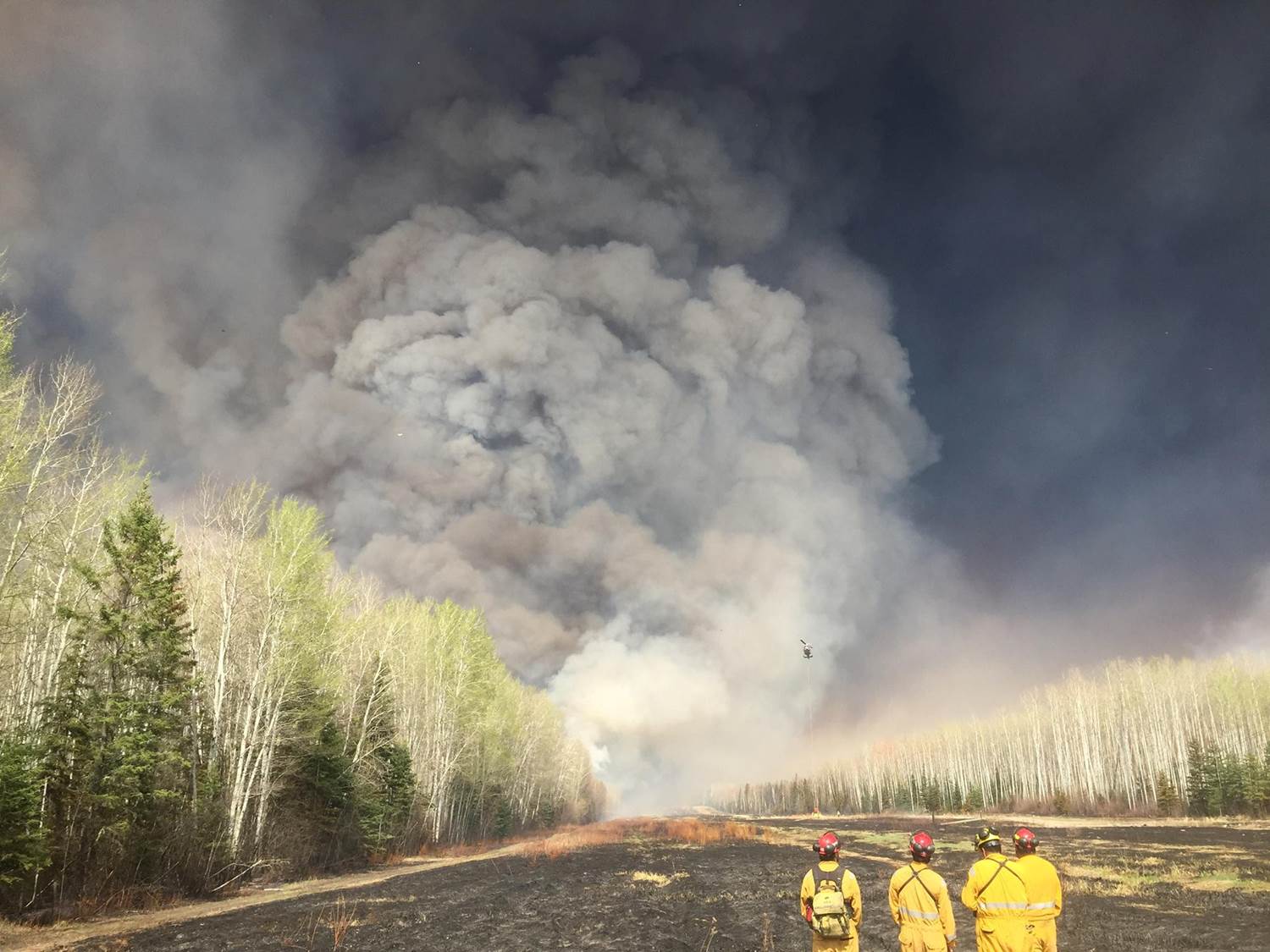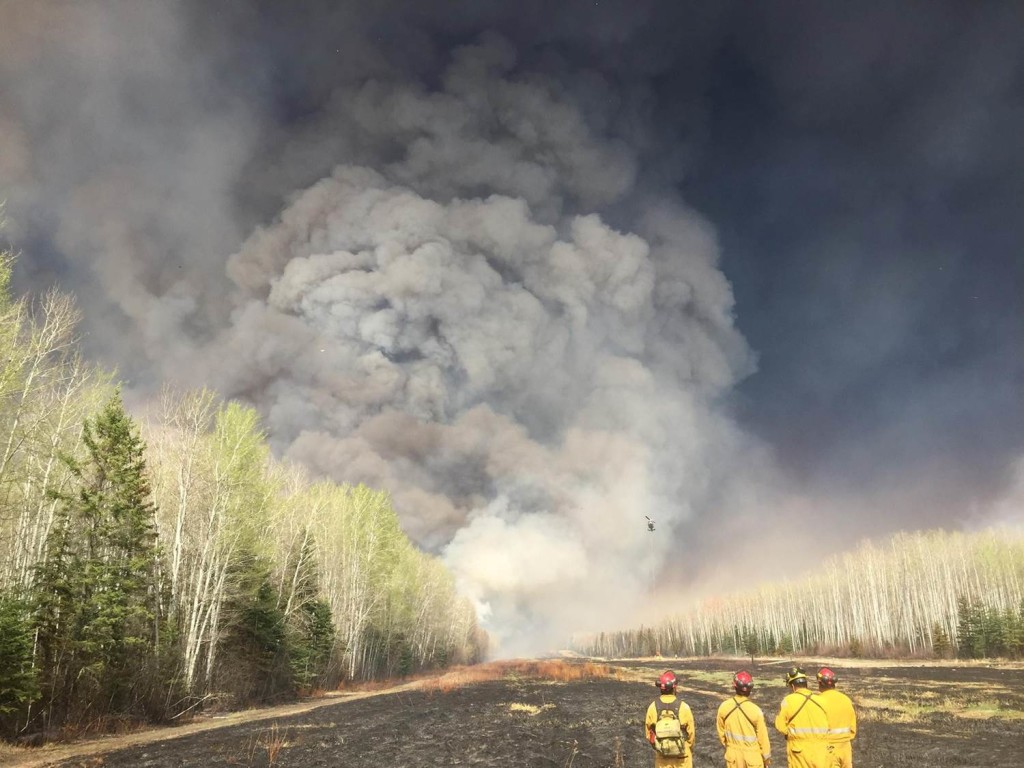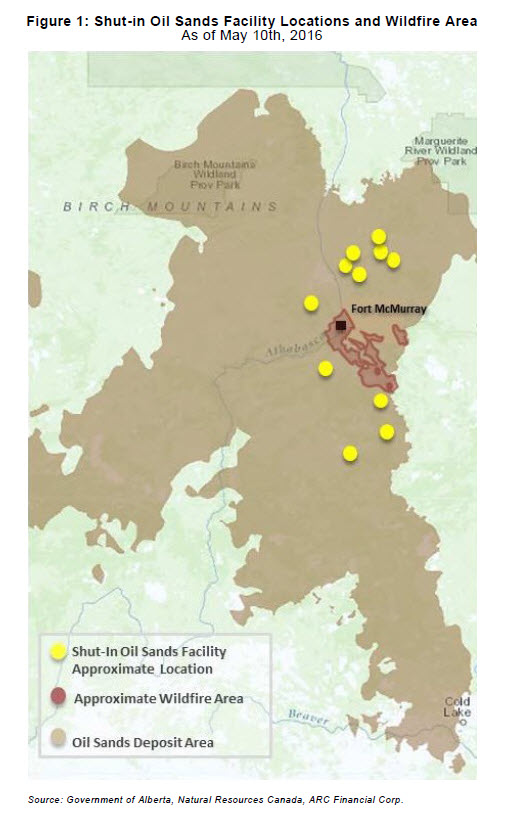Commentary – Oil Sands: Temporarily Down But Not Out
While the size of the devastating wildfires in Fort McMurray is not yet fully understood, we do know that the blaze will leave a lasting scar on the community and province for many years to come.
A loss of this magnitude is never welcome and now feels like especially bad timing – a proverbial kick for both the town and the oil sands industry when each are already down. This blaze has only further amplified the municipality’s lack of clarity on the future.
Over the course of the past week the wildfire has changed directions several times, and in its path of unpredictable destruction the list of shuttered oil sands facilities has grown. Last week, employees had evacuated from Suncor’s base, MacKay River, and Firebag operations, Shell’s Albian mine site, CNOOC’s Long Lake facility, and ConocoPhillips Surmont project. On Friday, the fire came near the gates of the Long Lake facility causing some minor damage to a yard, and on Saturday Syncrude Canada also announced the shutting down of its operations. Husky Sunrise also reportedly stopped producing on the weekend.
Yesterday Statoil Leismer and Imperial Kearl were the latest shut ins. For Kearl “inbound and outbound logistics” were the cause. While other plants remain open, some are producing at reduced capacity. Figure 1 shows the area of the fire and the approximate location of the shuttered facilities – a total of 11 by our count.
At this point, we estimate that oil sands production is off by over 1.2 million barrels per day. If sustained, this volume of outage is large enough to tip the global oil markets from glut into balance. While oil market watchers, including myself, have cautioned for some time that an unexpected loss of production could quickly flip the market into shortage, everyone imagined an outage in a far flung location, where the mix of strained finances, shaky geopolitics, and civil unrest would be catalysts for a supply disruption. Nobody contemplated an outage of this size in Alberta.
Since the production impact is large, Albertans and Canadians are not the only ones watching the situation closely. When the initial news of the fire was reported, global traders took note and pushed up near-term oil prices.
The reason oil price did not gain more is because, at this point, the shut-ins are expected to be short term. That is, assuming that there continues to be no lasting damage to facilities or critical infrastructure such as power lines or pipelines.
Once the flames are extinguished, the oil sands facilities should restart relatively quickly. This is good news for employees, who will at least have the certainty of a job, and governments who can only collect royalties when the plants are running.
Almost one year ago, wildfires suspended operations at oil sands facilities in the Cold Lake region. All told, the facilities were offline about two weeks. Although the Wood Buffalo fire is much larger, just like last year, once the smoke clears, oil sands operators will be motivated to restart their plants as fast as possible to help pay their bills ̶ even when they are not producing, oil sands operators have hefty expenses.
The early signs of a restart are already emerging. The Shell Albian resumed yesterday, albeit at a reduced rate. Other operators are now making plans to enter and start inspecting their sites.
Although oil sands production is expected to resume as soon as possible, the damage left by the inferno will cause difficulties. Bitumen facilities rely on local businesses for fixing, hauling, maintaining and other logistics. The damage from the fire could mean that many Fort McMurray businesses may no longer be able to meet these demands. Undoubtedly, oil sands operators will need to find help from further afield, most likely in Lac La Biche, Cold Lake or Edmonton. While reliance on new service providers is not likely to impede restarting production, lack of services in close proximity could increase the costs for producers who were already struggling to make the books balance at low oil prices.
What about the workers who run the bitumen facilities? With so much damage to the city, will there be enough housing for employees to return to work? No doubt, many workers and their families are facing difficult situations that will not be resolved quickly. In the interim, the region’s large work camps should be enough to house all the workers necessary for restarting the operations.
When the flames are doused, and the smoke clears, the tragic picture will become clearer. The imagery and financial implications will not be pretty. Collectively, the Fort McMurray fire will cost the province, citizens, and businesses billions of dollars. This does not even consider the emotional damage. Despite this major blow, the Wood Buffalo region – which collectively kicks out about 3% of global supply – will not roll over. The oil market will have to find another means to reduce this persistent supply glut. The oil sands production, a key engine of prosperity in Alberta, and in the country for that matter, will recover and endure.




